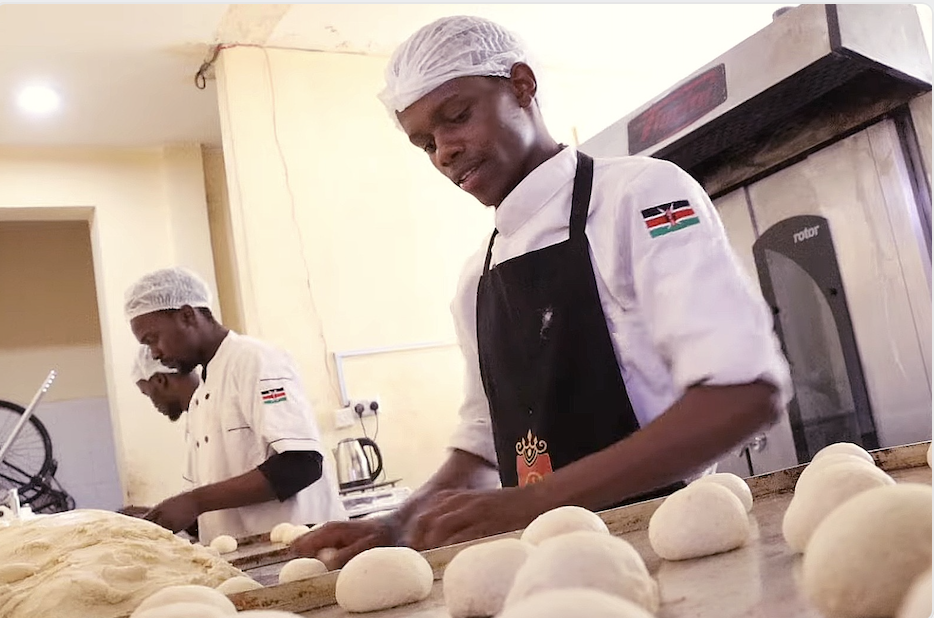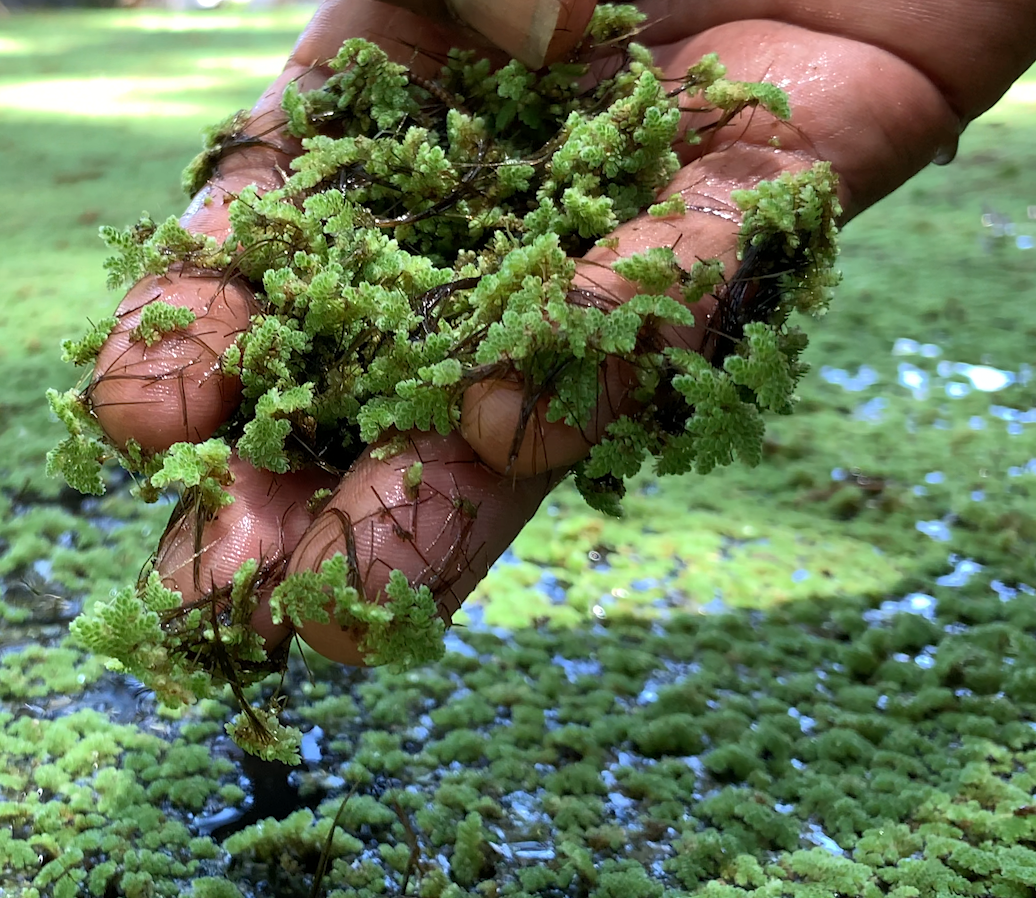
The Wonder Fern: How Azolla is transforming farming in Kenya
In a world grappling with rising fertilizer costs, erratic weather patterns, and the urgent call for sustainable agriculture, a small aquatic fern is offering big answers.
Once dismissed as an invasive weed, Azolla is now earning global attention for its multi-purpose value as livestock feed, organic fertilizer, and even a natural ally in the fight against climate change. In Kenya, smallholder farmers are leading this quiet revolution, turning humble ponds into productive green gold mines — and rewriting the story of sustainable farming from the ground up.
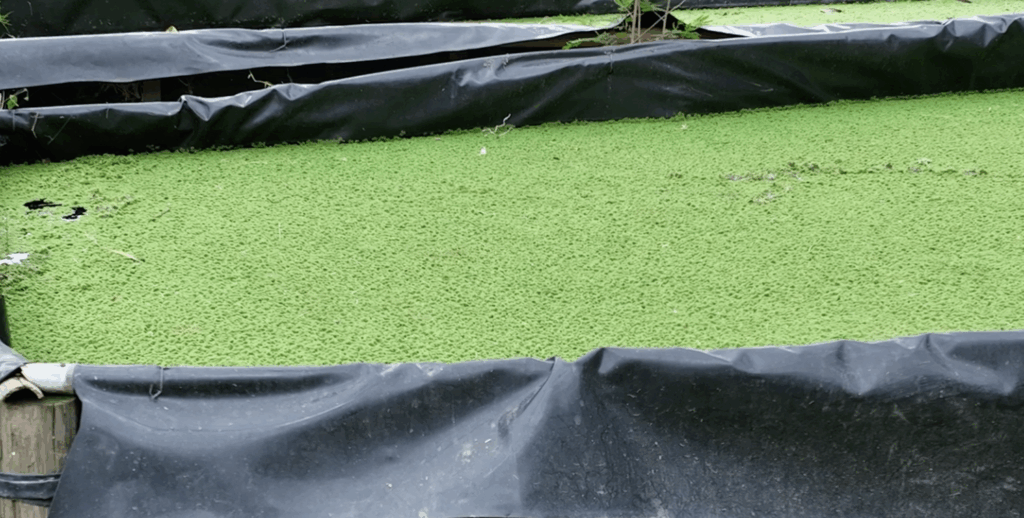
Nature’s Little Miracle
Azolla is a tiny, free-floating water fern that thrives on still or slow-moving water bodies. What makes it extraordinary is its symbiotic relationship with Anabaena azollae, a blue-green algae that lives within its leaves. This microscopic partnership enables Azolla to fix atmospheric nitrogen directly into the water, effectively creating its own fertilizer. The result is a plant that not only grows rapidly but also enriches the ecosystem around it.
Azolla’s ability to regenerate quickly and replenish soil nutrients naturally makes it a valuable resource for farmers seeking to reduce dependence on chemical fertilizers.
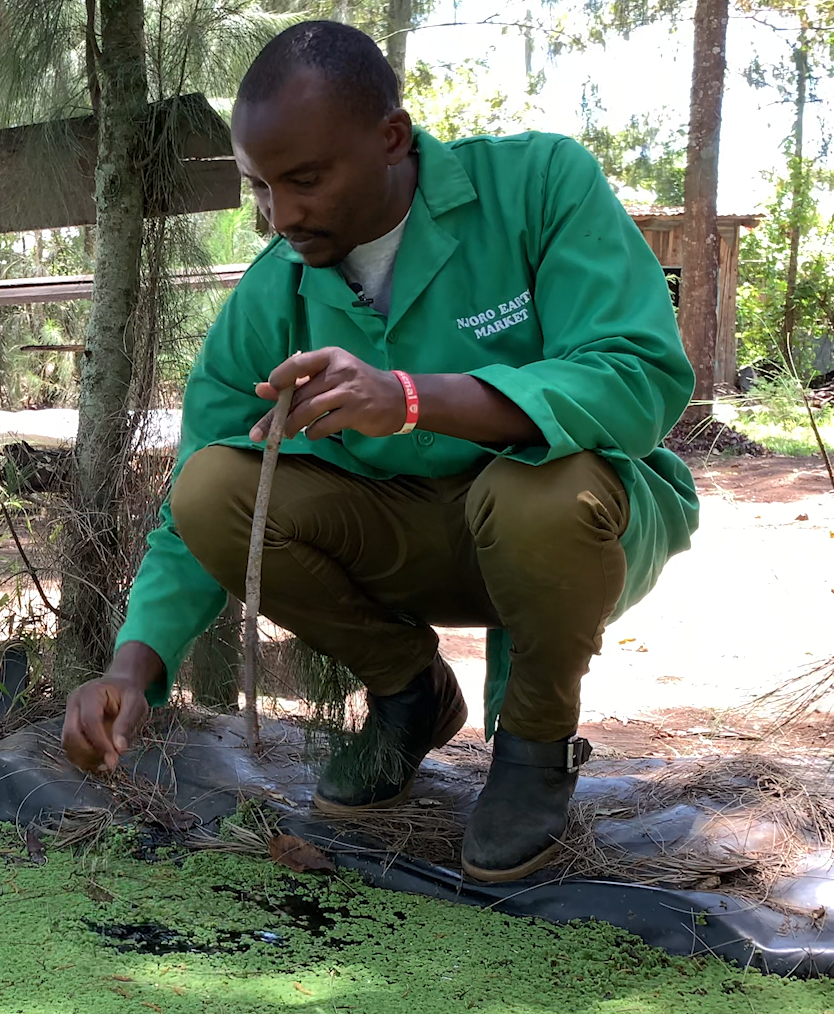
“Azolla is a farmer’s best friend,” says Robert Mwangi, an accountant by profession who resigned to become a full-time farmer in Nakuru. “It grows fast, requires minimal input, and gives maximum output — that’s rare in farming.”
A Game-Changer for Small Farmers
For many Kenyan farmers, Azolla’s biggest advantage lies in its simplicity and accessibility. It can be cultivated in small backyard ponds, lined pits, or even old water tanks, needing only sunlight, water, and organic manure to thrive. Within two or three days, it can double its mass, providing a continuous supply of organic material that can be used throughout the farm. As a natural fertilizer, Azolla improves soil fertility, enhances moisture retention, and boosts the soil’s structure when applied directly or mixed into compost. It helps farmers reduce their reliance on expensive synthetic inputs while restoring long-term soil health.
Beyond that, Azolla is emerging as a sustainable source of animal feed, making it an excellent dietary supplement for poultry, pigs, cattle, goats and fish.
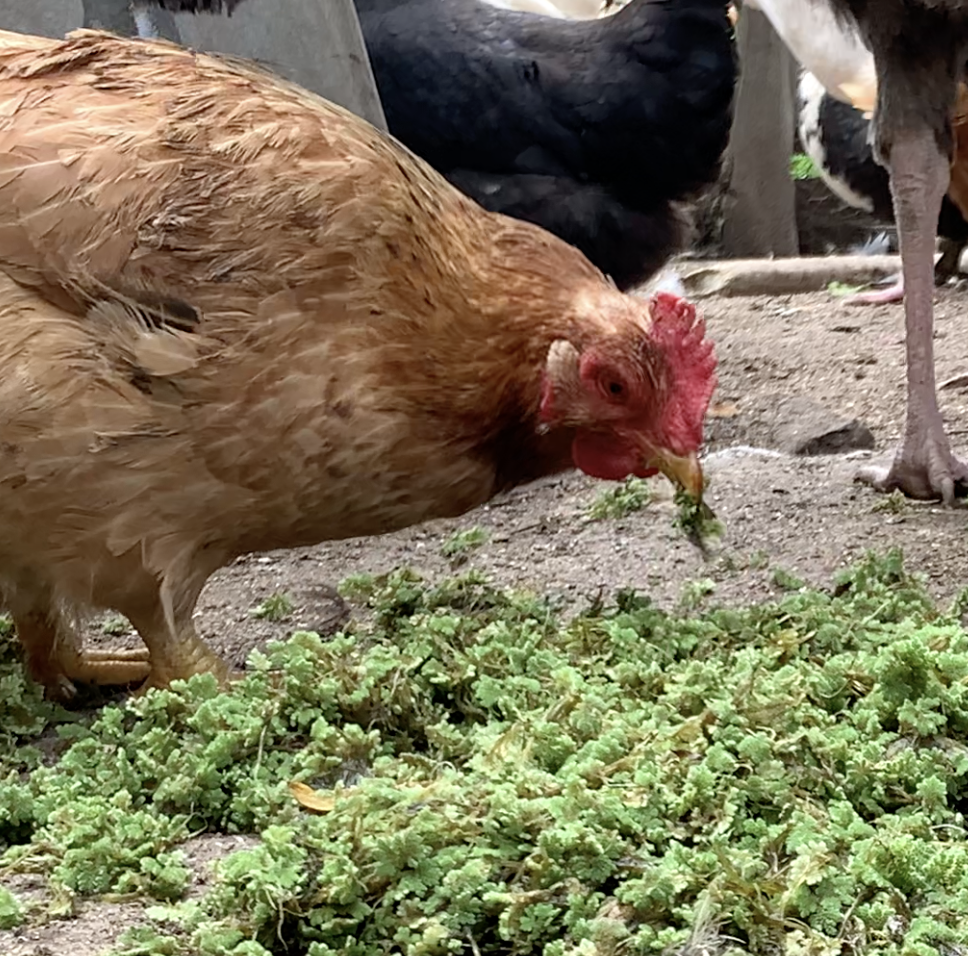
The fern’s environmental benefits are equally significant. Azolla acts as a natural carbon sink, absorbing large amounts of carbon dioxide during photosynthesis and playing a small but meaningful role in combating global warming. It also forms a thick, floating mat that covers the water’s surface, suppressing weeds and reducing evaporation — a valuable feature for farmers working in areas prone to dry spells.
Azolla and the Climate Conversation
Beyond its practical uses, Azolla has a remarkable environmental story. Scientists believe that around fifty million years ago, during the Eocene epoch, massive blooms of Azolla covered the Arctic Ocean, capturing enormous amounts of atmospheric carbon dioxide. This natural process is thought to have contributed to cooling the planet over time — a historical example of the fern’s climate-regulating power.
Today, Azolla continues to play a small but significant role in climate action. Its rapid carbon absorption and contribution to soil regeneration position it as one of the world’s most promising natural tools for sustainable farming.

Experts argue that Kenya’s agricultural sector could greatly benefit from policies that encourage the adoption and scaling of Azolla farming. Awareness campaigns, training programs, and community projects could empower farmers with the knowledge to maintain ponds, manage water quality, and process Azolla into products like pellets and compost.
According to Samuel Nderitu, from GROW BIOINTENSIVE Agriculture Center of Kenya (G-BIACK), Azolla fits perfectly within the country’s push toward regenerative and climate-resilient farming. “Azolla aligns with the principles of sustainable food production,” he explains. “It allows farmers to recycle nutrients, cut costs, and work with nature rather than against it. When integrated into small-scale systems, it can transform productivity without damaging the environment.”
Nderitu emphasizes that Azolla should be part of a broader ecological farming approach that includes composting, crop rotation, and organic pest management.
“We’re encouraging farmers to see Azolla not just as a feed or fertilizer, but as part of a living system — one that restores soil health, enhances biodiversity, and builds resilience to climate stress,” he adds.
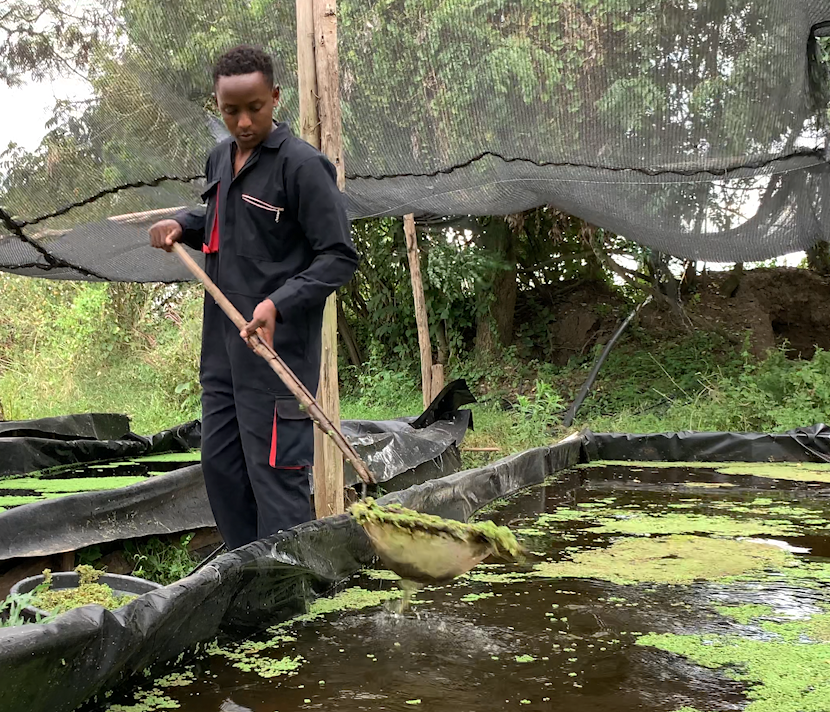
If embraced at a national level, Azolla could help reduce Kenya’s dependence on imported animal feeds and synthetic fertilizers, leading to lower food production costs and improved food security. It also presents opportunities for youth employment, agribusiness, and innovation within rural communities.




